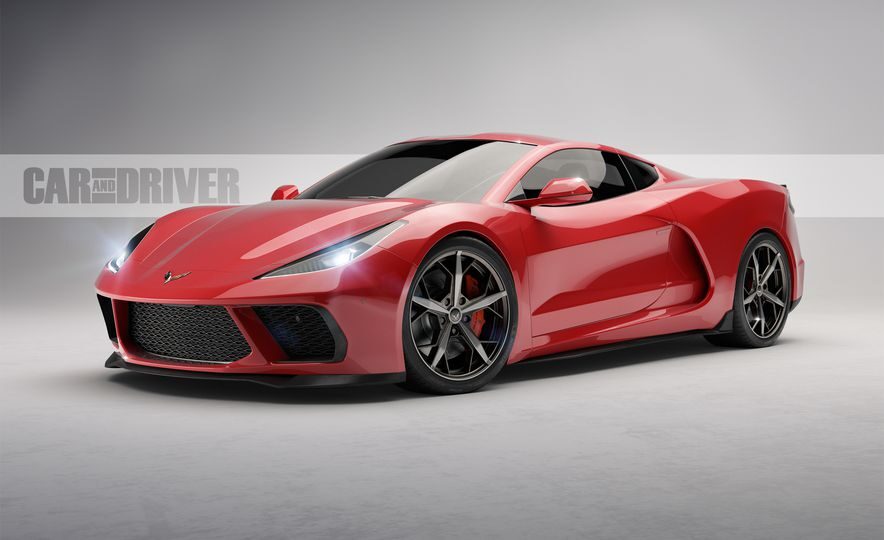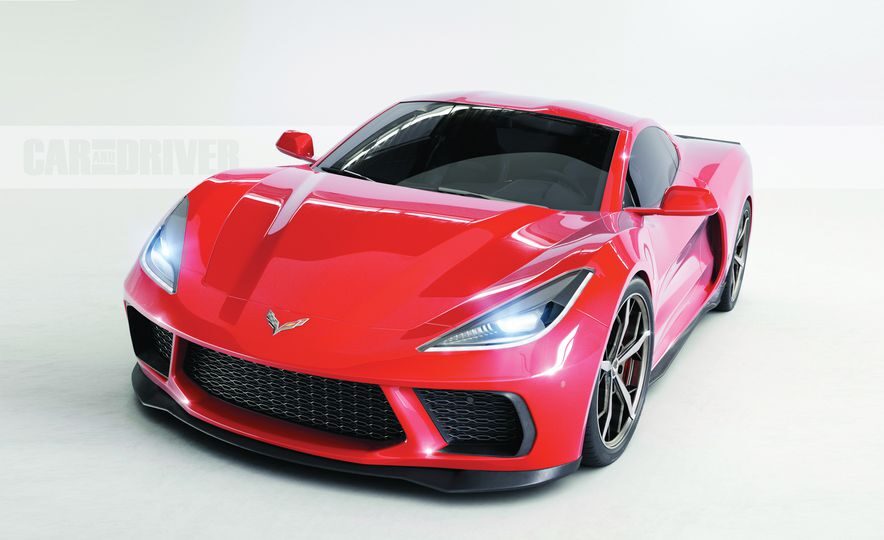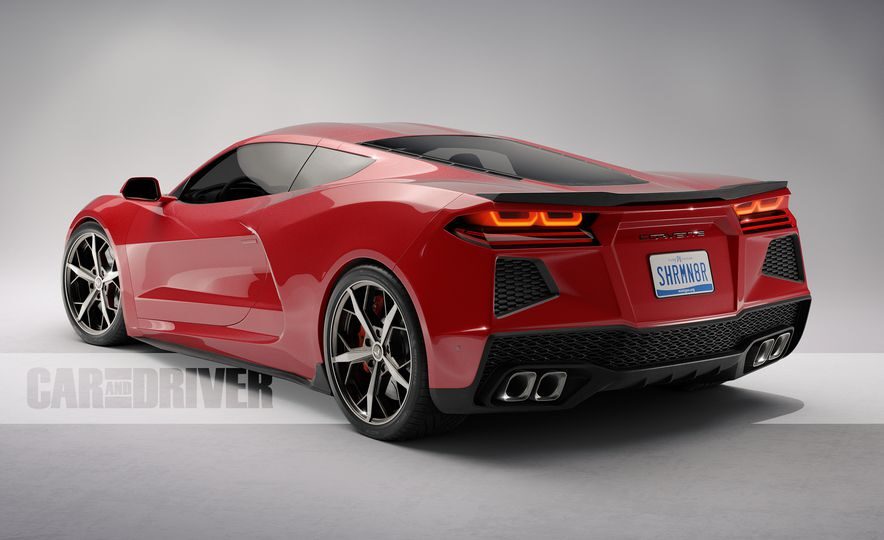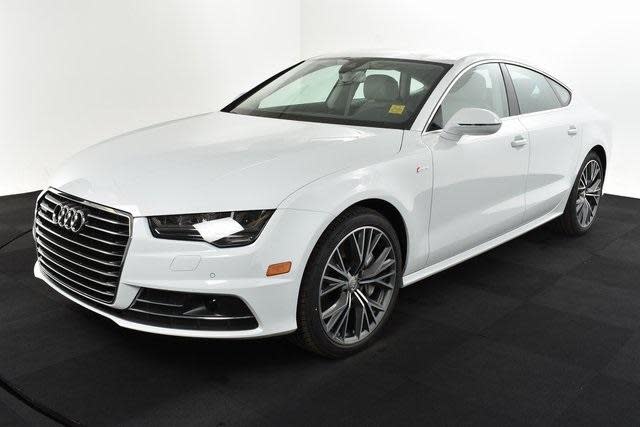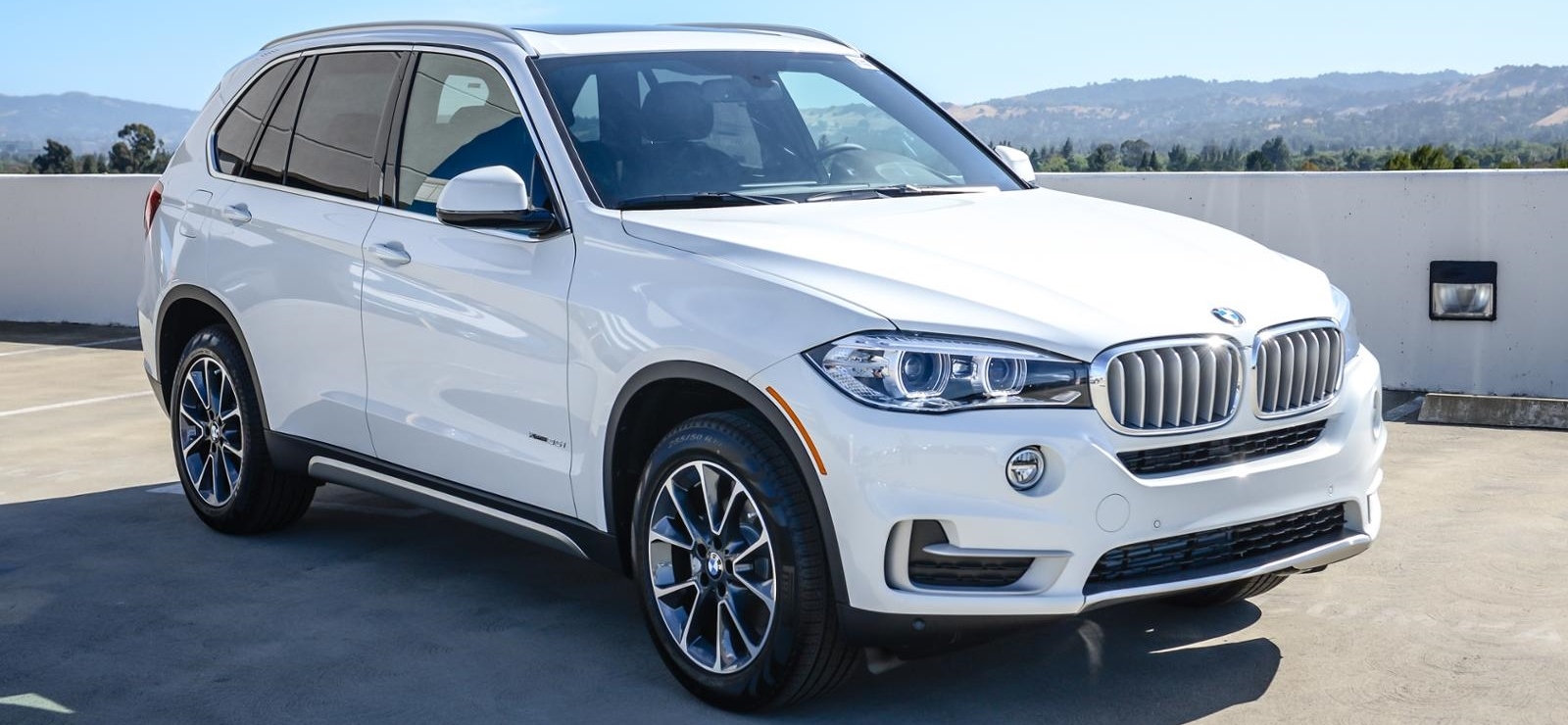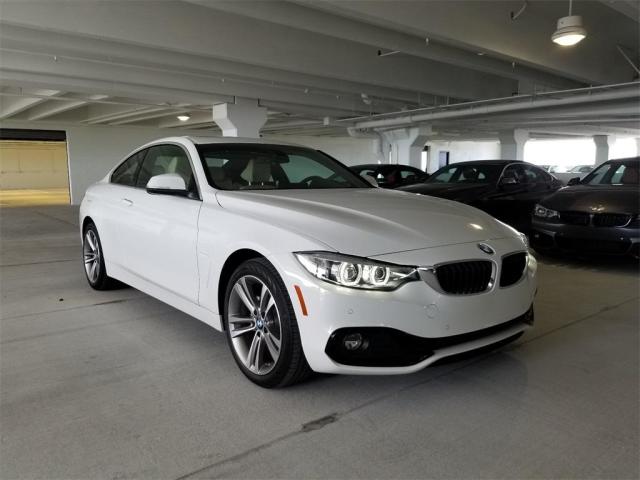2020 Chevrolet Corvette C8 Mid-Engine
Car and Driver created a list of 25 Cars Worth Waiting for: 2019-2022 and that list included the long awaited 2020 Chevrolet Corvette C8 Mid-Engine
According to Car and Driver, the Mid-Engined Corvette has always been with us, even when it totally didn’t exist. And short of a few concept vehicles over the decades, it has never existed beyond the realm of folklore, the occasional conspiracy theory, and the fever dreams of automotive journalists.
But as it is written, so it shall be. Mid-Engined Corvette is real, and you’ll see the official, genuine article next spring. And no, Chevy isn’t playing any games with the terminology: The engine will be bolted between the occupants and the rear wheels. Those expecting a carbon-fiber spaceship powered by an antimatter machine will be somewhat disappointed.
Like the recent front-engined Corvettes, the mid-engined one will remain an attainable sports car with supercar performance. Surely some bits of carbon fiber and magnesium will be stirred into the mix, but Chevy will construct the mid-engined car’s spaceframe primarily from aluminum. And as in the past, its body will be made largely of fiberglass panels. To contain costs, Chevy will launch the new car with an updated version of the pushrod LT1 engine that powers today’s C7 Corvettes. We expect the mid-engined Corvette, or C8, to be a bit heavier than the current car’s roughly 3500 pounds, but it will compensate for that with about 500 horsepower from the LT1. And thanks to the increased traction of a rearward weight bias and a quick-shifting transaxle, it’ll be quicker than the C7.
Oh, did we not mention the transaxle? (Note that we used the singular form of the word.) There will be only one gearbox, and it won’t come with a clutch pedal. Chevy has been working with Tremec on a new eight-speed dual-clutch automatic unit. The driver’s involvement in shifting gears will begin and end with the steering-wheel-adjacent shift paddles.
But there’s some consolation: That engine bay will also eventually host even more compelling mills. The first to follow the LT1 will be a naturally aspirated 5.5-liter DOHC V-8 with a flat-plane crankshaft capable of a Ferrari 458–like maximum engine speed of 9000 rpm. Sympathy for the transaxle, though, means the engine speed will be limited to several hundred rpm below that. That engine should be good for at least 600 horsepower.
Then, because it is totally unnecessary, Chevy will bolt two turbochargers and two big air-to-water intercoolers to the 5.5-liter V-8. The turbo engine will make about 800 owner-maiming horsepower. You will not be surprised to learn that this will be the fastest version around the Nürburgring Nordschleife.
But hang on: What if we told you that within a couple of years Chevy would add a 200-hp electric motor to the mix? The twin-turbo 5.5-liter V-8 will abuse the rear tires while the electric motor, housed in what would typically be a front trunk, will energize the fronts. That’s right: This mid-engined/front-motor Corvette will have a horsepower rating at or near the four-digit mark.
To cool these nuclear furnaces, the mid-engined Corvette is going to need massive amounts of airflow. So basically the entire leading plane of the nose will be open to the air and packed full of heat exchangers. The C8 will extract engine-compartment heat through vents below the taillights on the rear fascia. Combustion gases will be fed through an exhaust that includes the familiar dual-mode system to maximize airflow and noise generation at high engine loads. There will be two tips per side instead of the four center-mounted pipes on the C7.
In a break from past Corvettes, the mid-engined car will have a couple of active aerodynamic devices. In the rear will be a conventional power-operated spoiler. Up front, the picture is a little more complicated. We hear that Chevy will use the new Corvette’s front-axle-lift system not just to clear speed bumps and steep driveway approaches but also to change the car’s angle of attack, shifting the aero center of pressure fore and aft, depending on vehicle speed. And—wonders never cease—the C8 will use coil springs in place of the old transverse composite leaf springs.
